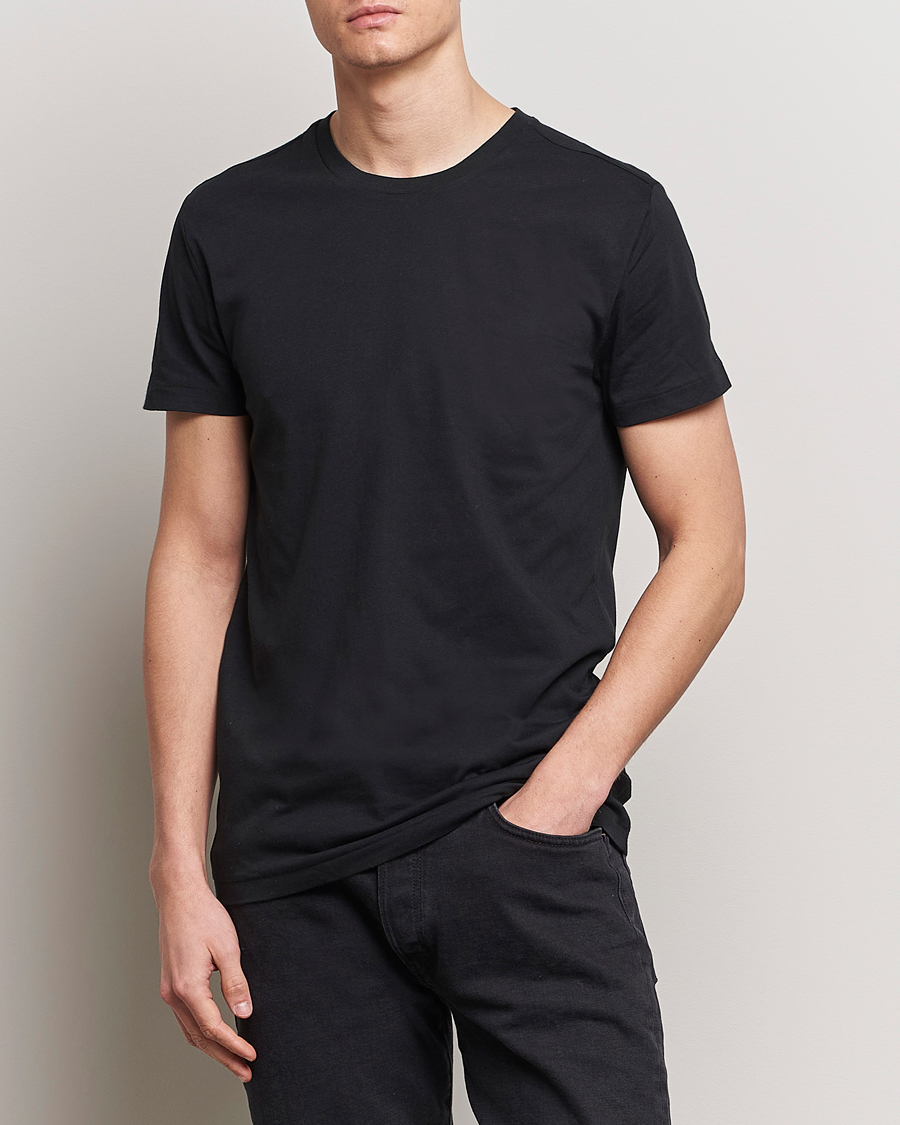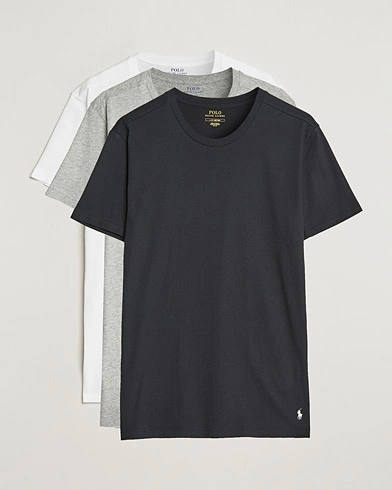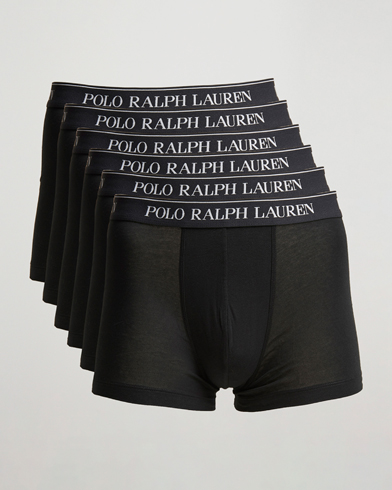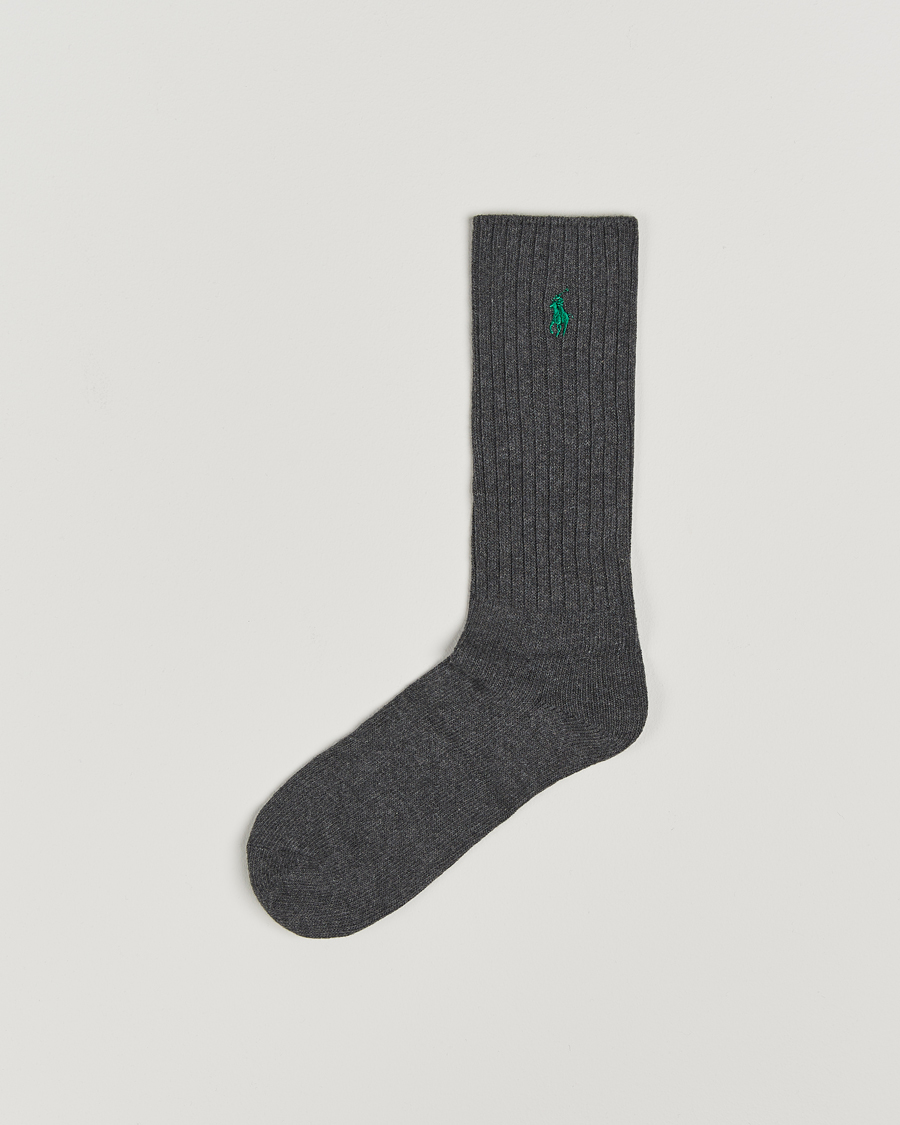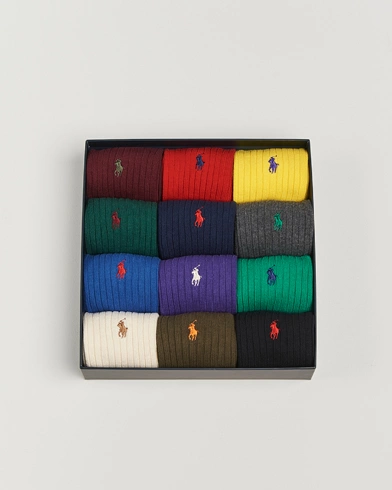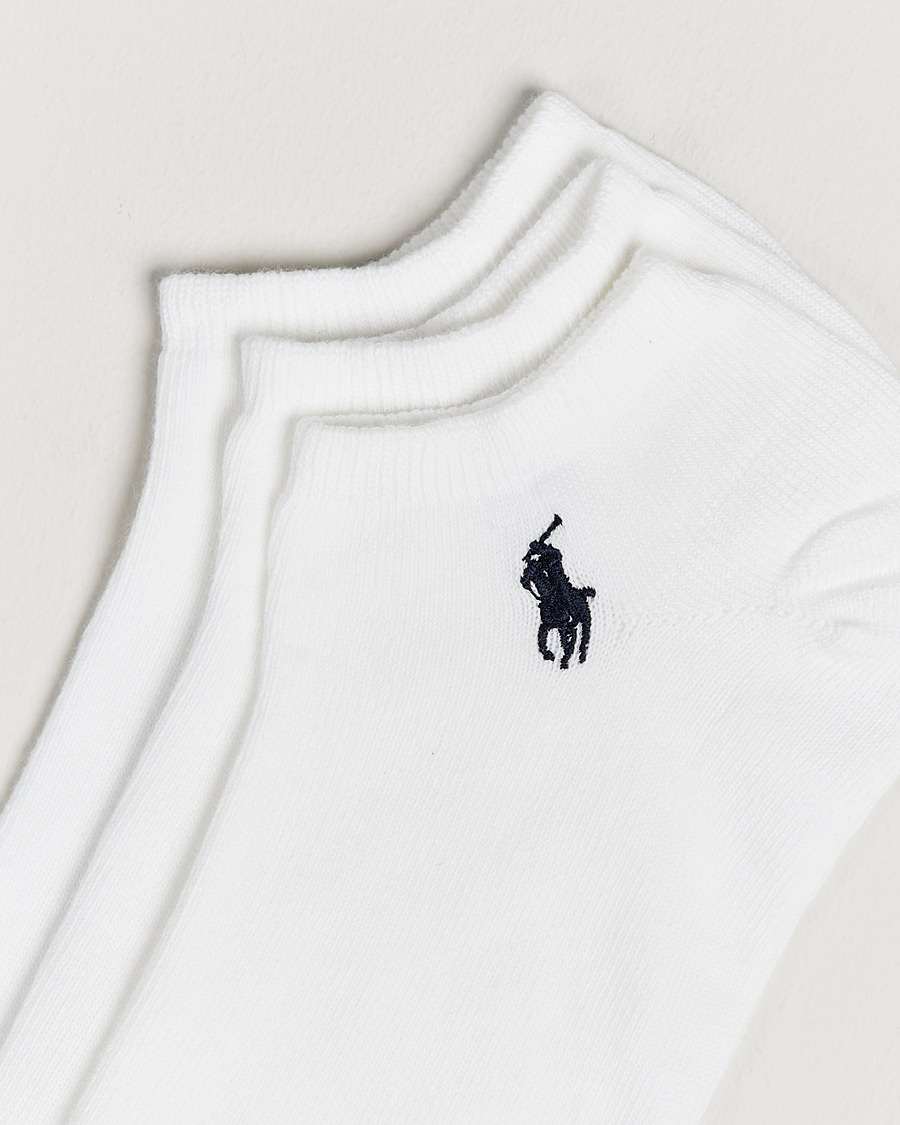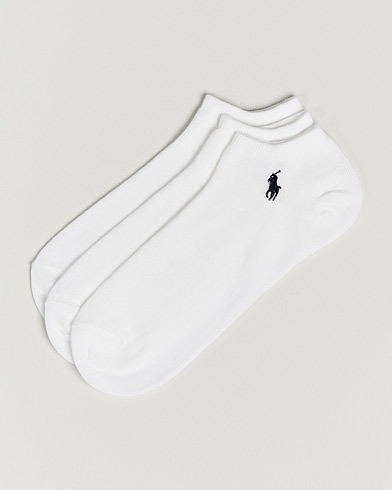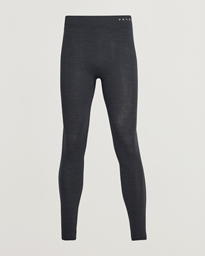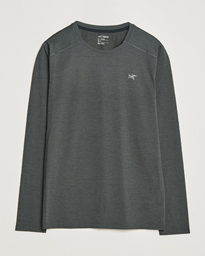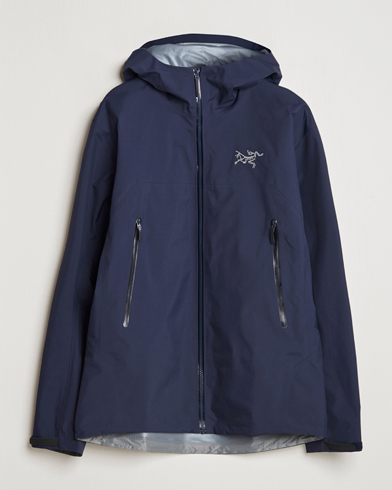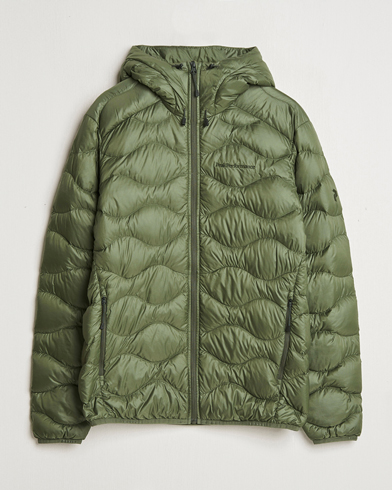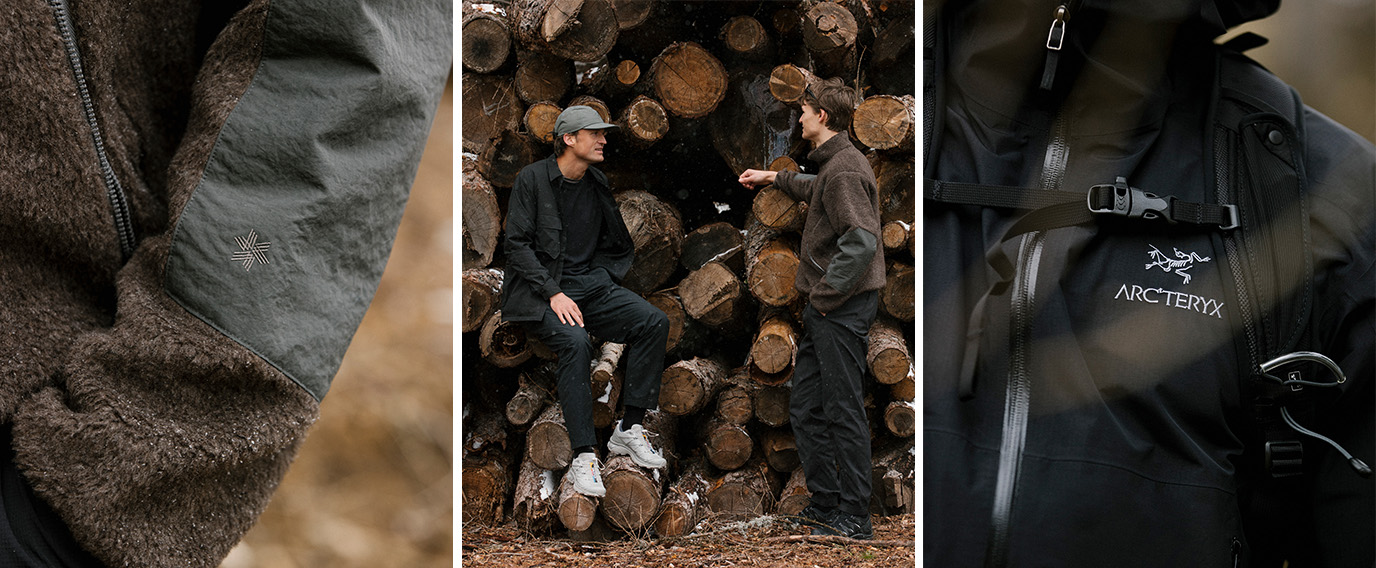
The layering principle: Dress appropriately for any weather
Text: Agnes Hagborg
Photo: MATTEO BIACHESSI
One thing often mentioned when venturing outdoors is dressing in layers. It may sound straightforward, but how to approach each layer is not always as clear. Dressing in layers easily allows you to adjust your outfit based on the weather, temperature and activity.
Layer 1: The base layer
The first layer, also known as the base layer, is the one closest to your body, typically called thermal underwear/top. Its purpose is to keep you warm and wick moisture away from your body, preventing you from getting cold. It's important to choose materials that don’t retain moisture, so wool and synthetic fabrics are recommended. These materials not only wick moisture but also dry quickly if you get wet. The same principle applies to socks and underwear—choose wool or synthetic materials.
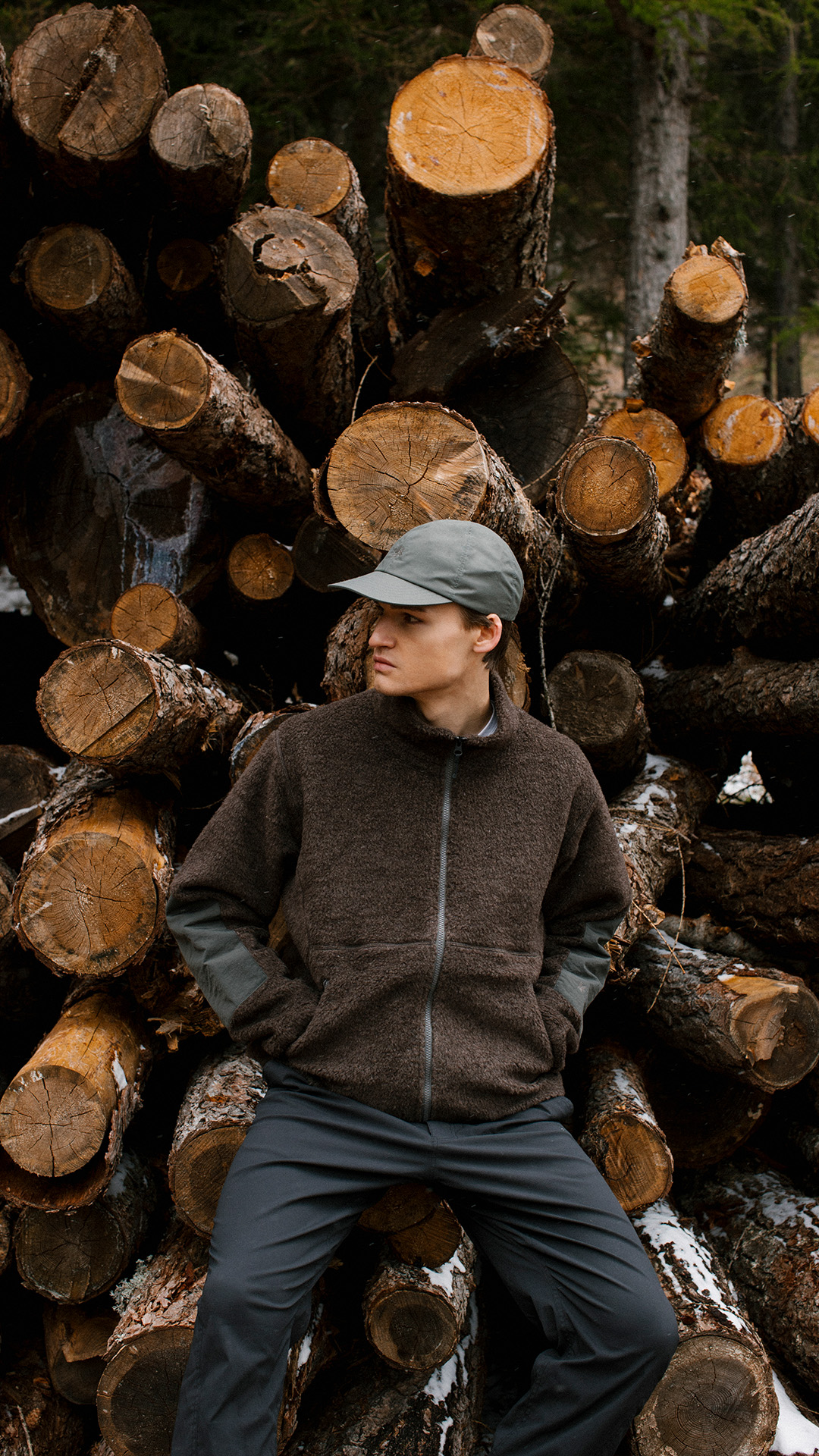
Layer 2: The middle layer
The second layer is called the middle layer. This layer should consist of garments made from fleece, wool, synthetics, or wool blends. The middle layer's job is to insulate and ventilate. The materials in this layer ensure that moisture is drawn away from the skin while retaining body heat. The middle layer is often taken on and off depending on weather and activity. In warmer conditions, a thin wool or synthetic garment might be enough, while a thicker wool or fleece garment is recommended when it’s cold. Having a zipper on the middle layer can be advantageous, allowing you to easily regulate your body temperature.
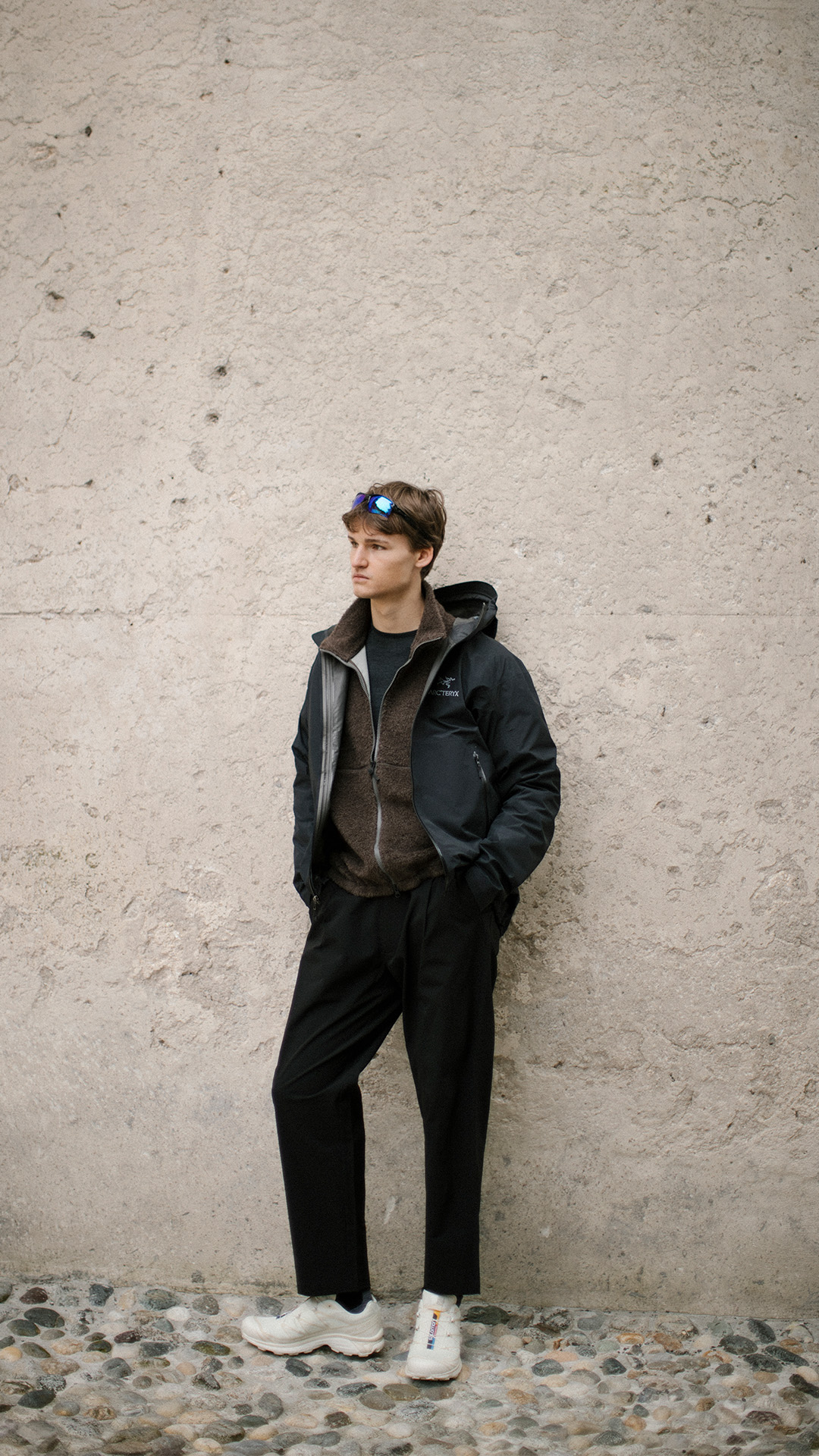
Layer 3: The outer layer
The third layer is the outer layer, consisting of garments known as shell garments—jackets and trousers. The outer layer’s main purpose is to protect against wind and water. It’s important to ensure that these garments are breathable; otherwise, moisture can remain trapped against your body, which can lead to trapping cold air. Many windproof and waterproof garments have ventilation openings or zippers, or they are made from breathable materials. Look for garments with wind and water-repellent properties to keep you dry and protected from the wind. Many of these garments have specific labelling to indicate they are treated with coatings or made from special materials like Gore-Tex.
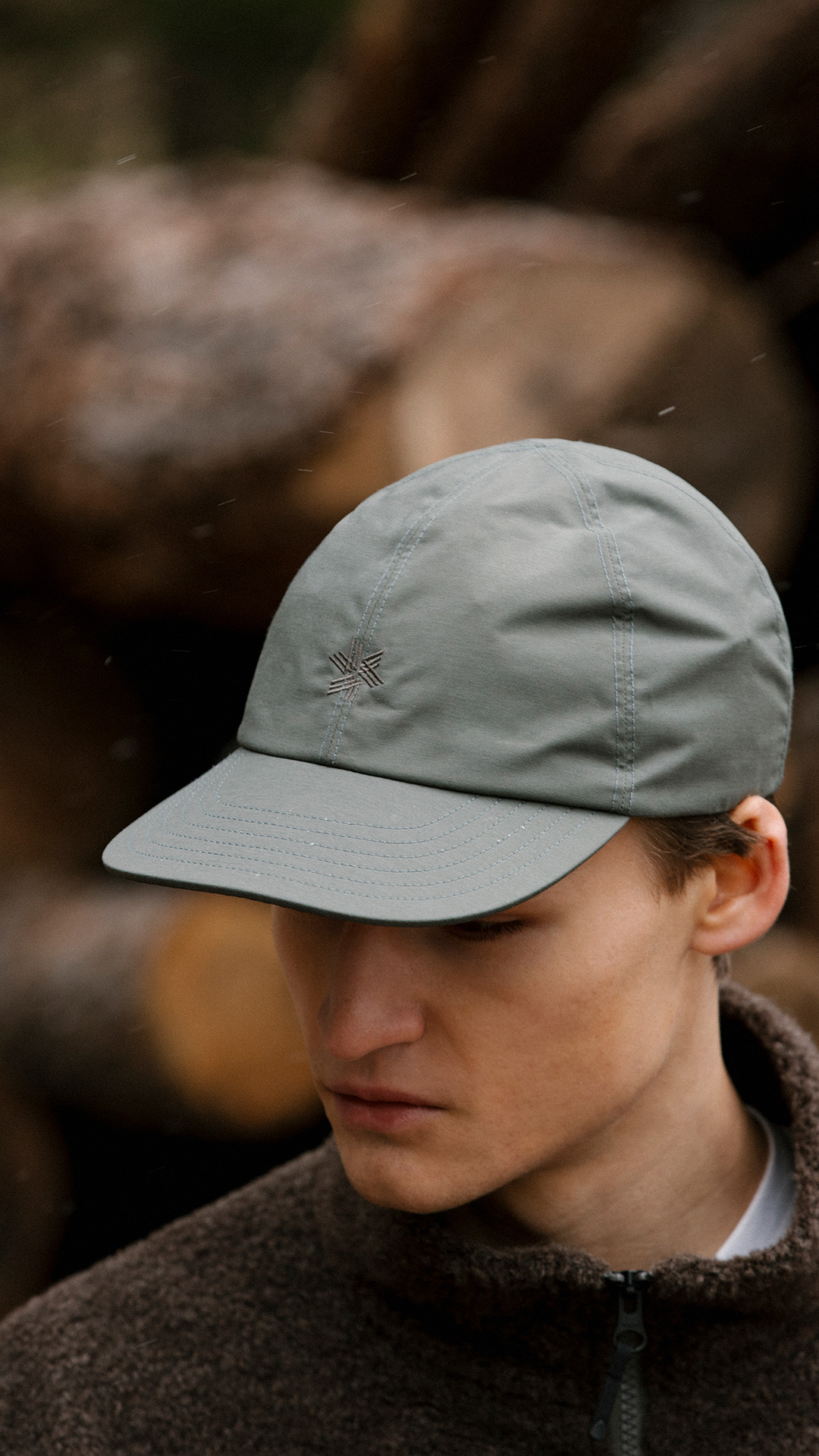
Layer 4: Reinforcement layer
The final layer is the reinforcement layer. This layer acts as a supplement or backup if the other layers aren’t sufficient. The reinforcement layer is used to retain heat when you are stationary or in very cold conditions. A good reinforcement layer could be a lightweight down jacket that you can wear between the outer and middle layers, or a thicker down jacket that you can put on top if it's extremely cold.





